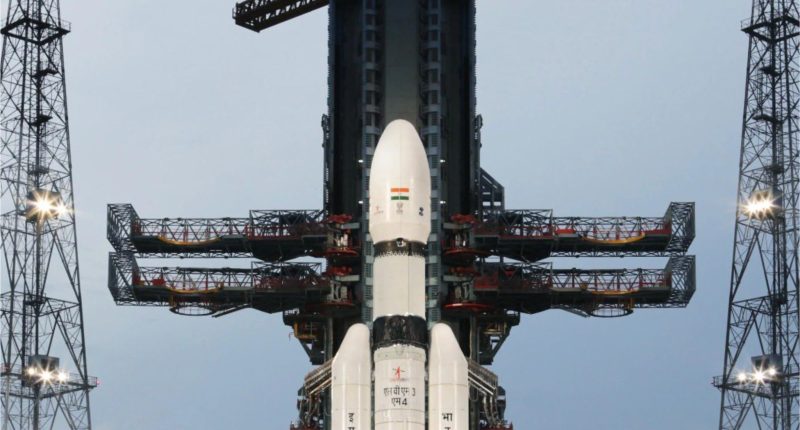India’s space agency ISRO has successfully launched and placed into orbit, country’s third moon mission. Named ‘Chandrayaan-3’, the mission — apart from achieving newer scientific objectives — will also re-attempt to land a rover on the dark side of the moon on August 13th or 14th. India had tried a similar lunar landing attempt 4 years back, but the rover malfunctioned right before touch down.
If India does achieve its landing objective this time around — of which scientists are now almost certain — it would become only the fourth nation after the U.S., Russia and China, to land a craft on Earth’s only natural satellite. Additionally, India would also become the first country to land a craft on the dark side of the moon.
The expected life of the lander mission is one lunar day or 14 earth days. The satellite was launched aboard India’s heavy-lifter GSLV rocket, termed iconically as the ‘Bahubali’ rocket due to its ability to carry heavyweight satellites and space equipments with relative ease.
LVM3 M4/Chandrayaan-3 Mission:
LVM3 M4 vehicle? successfully launched Chandrayaan-3?️ into orbit.— ISRO (@isro) July 14, 2023
Chandrayaan-3 consists of an indigenous Lander module (LM), Propulsion module (PM) and a Rover with an objective of developing and demonstrating new technologies required for Inter planetary missions, said ISRO’s official release. The Lander will have the capability to soft land at a specified lunar site and deploy the Rover which will carry out in-situ chemical analysis of the lunar surface during the course of its mobility. The rover carries an Alpha Particle X-ray Spectrometer (APXS) and a Laser Induced Breakdown Spectroscope (LIBS) for deriving the elemental composition in the vicinity of landing site.
Interestingly, India’s rover will land on the site where water molecules were discovered back in 2008, also by India’s first lunar mission, the Chandryaan.
The Tech Portal is published by Blue Box Media Private Limited. Our investors have no influence over our reporting. Read our full Ownership and Funding Disclosure →






